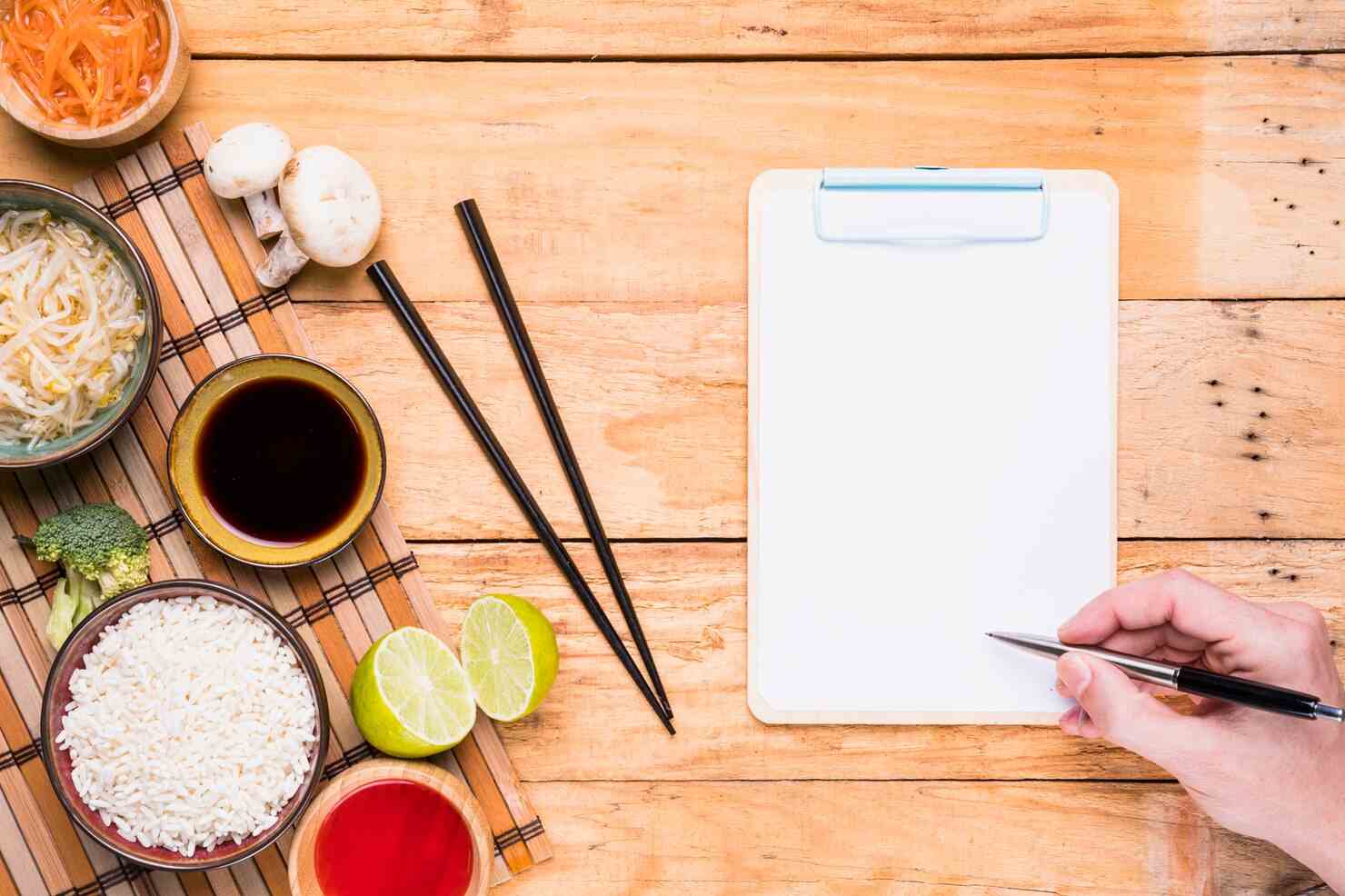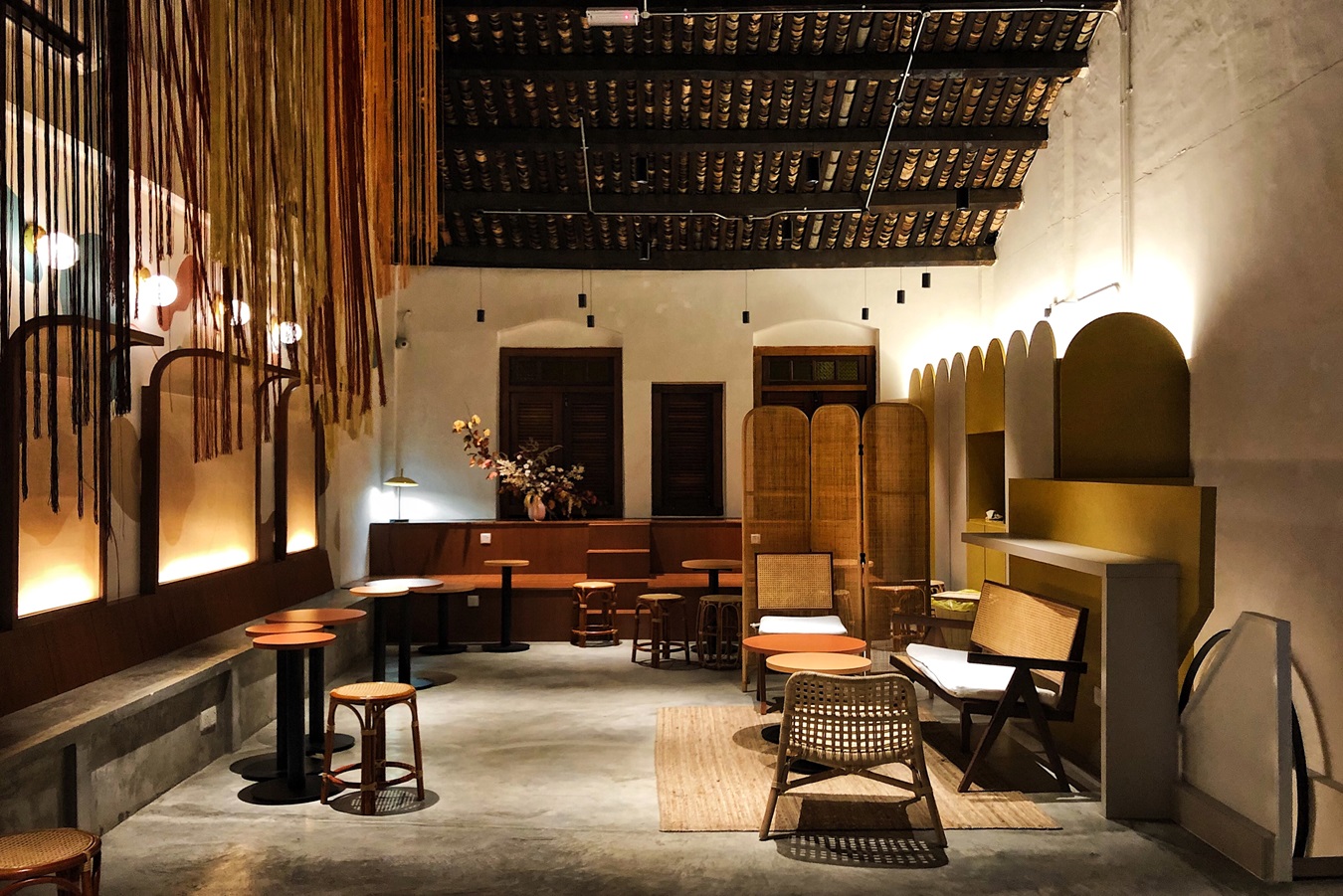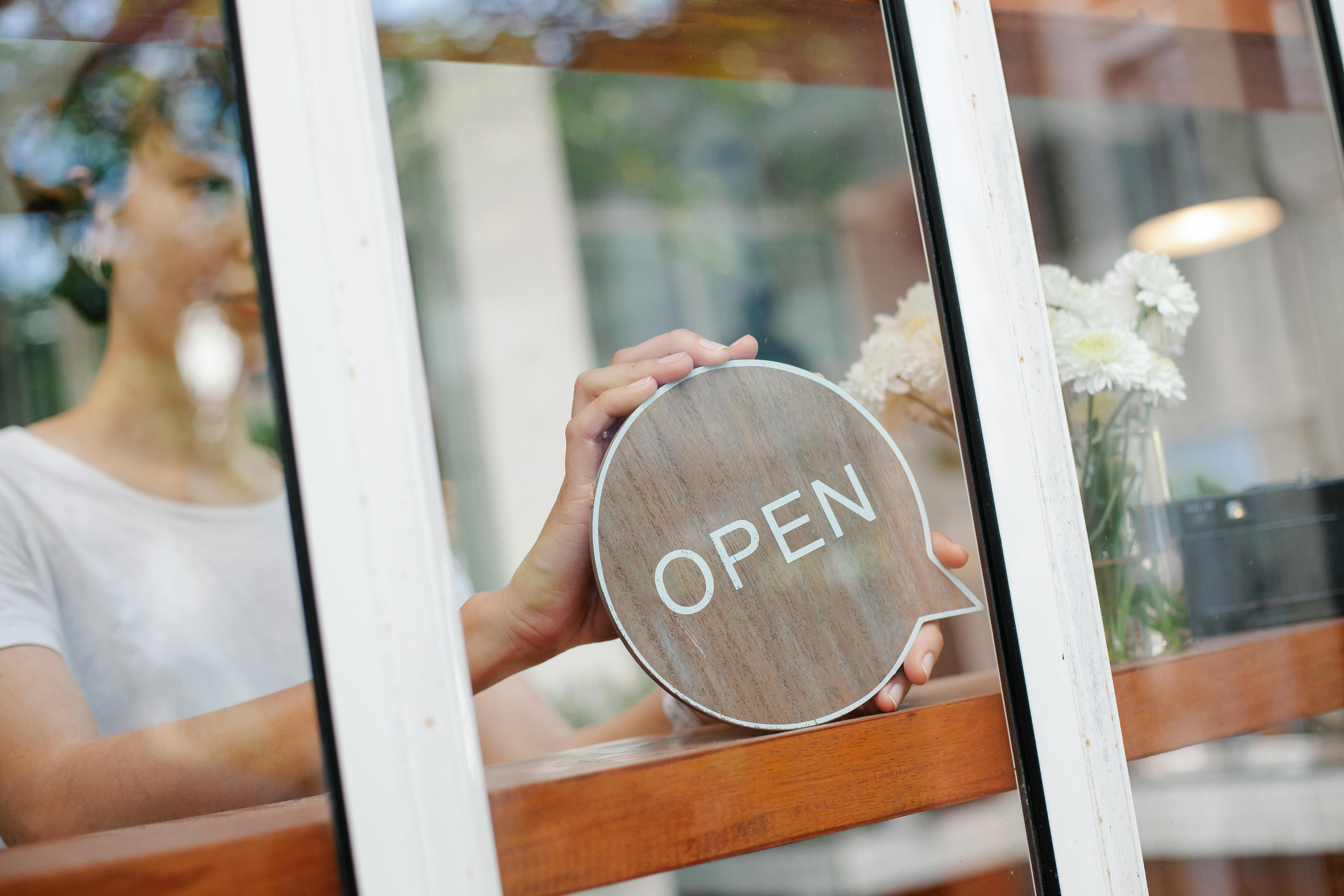 SHARE
SHARE
How to Create a Budget Plan: A Guide to Managing Finances for the Culinary Business
Briantama Afiq Ashari
Have you ever heard of the term RAB? For those of you who are new to the world of culinary business, the RAB or Budget Plan is something you shouldn't miss. A good RAB example can help you manage your finances more intelligently and efficiently.
RAB is a document that contains details of the costs required to run a particular business or activity. From raw materials, kitchen equipment, to marketing costs, everything must be recorded clearly in the RAB. That way, you can predict expenses and maximize profits.
Why is RAB Important for Culinary Business?
RAB is not just a formality, you know. In the culinary business, RAB is a tool that helps you manage your finances in a more structured manner. Without RAB, you can be confused about controlling costs, which ultimately makes your business inefficient.
A simple RAB example can provide a clear picture of the allocation of funds for each business need. That way, you know exactly how much capital is needed and how to use it optimally.
Read Also: Turns out it's easy! How to Create a Culinary Business RAB
Types of RAB Examples that You Can Apply
There are several types of RAB that you can adapt to your business needs. Here are some examples:
1. Example of RAB Activities
RAB activities are usually used for certain events or occasions, such as the launch of a new menu or special promo. In this RAB, you must record all your needs, starting from decorations, additional raw materials, to promotional costs.
2. Example of RAB Proposal
If you want to find investors or apply for a loan, a sample RAB proposal is very important. This RAB must be prepared in detail and professionally so that those who read your proposal are confident in your business plan.
3. Example of a Simple RAB
For small or new culinary businesses, a simple RAB example is sufficient. You only need to record basic needs such as raw materials, kitchen equipment and daily operational costs.
4. RAB Culinary Business
The culinary business RAB covers all aspects needed to run a restaurant or food stall. Starting from rental costs, employee salaries, to procurement of raw materials.
Steps to Create an Effective RAB
Source: Freepik
MMaking a useful RAB doesn't have to be complicated! Here are the steps you can follow:
1. Identify Business Needs
Record all your business needs, from raw materials, kitchen equipment, to marketing costs.
2. Estimated costs
Determine the estimated costs for each need. Make sure you use actual market prices.
3. Group Costs
Separate costs into categories, such as fixed costs (space rental, employee salaries) and variable costs (raw materials, electricity).
4. Totals and Evaluation
Calculate the total costs and evaluate whether the budget is in line with the capital you have.
Read Also: How to Reduce CAPEX Costs to Be More Efficient and Return on Investment
Mistakes to Avoid When Making a RAB
Well, aIn order for your RAB to be effective, avoid the following mistakes:
-
Not Accounting for Emergency Expenses: Always allocate around 10-15% of the total budget for unexpected expenses.
-
Ignoring Small Details: Small costs like cleaning supplies and additional materials are often overlooked, but they can impact the total budget.
-
Not Carrying Out Routine Evaluations: The RAB is not a one-time document. Evaluate regularly to ensure the budget remains relevant.
-
Not Leveraging Technology: Managing RAB manually can be time-consuming and error-prone. Use digital systems to make financial management easier.
Benefits of Managing RAB Well
Managing RAB well will provide many benefits for your business. Here are some of them:
1. Better Financial Control
With RAB, you can monitor expenses and ensure that the budget remains appropriate.
2. Increase Operational Efficiency
RAB helps you allocate funds more effectively, so that business operations run smoothly.
3. Makes Business Planning Easy
With a structured RAB, you can plan business expansion or innovation with more confidence.
4. Increasing Investor Confidence
A clear and professional RAB will make investors more confident in investing in your business.
Formula and Example of a Culinary Business Budget
The Budget Plan (RAB) for a culinary business varies depending on the type of business being run. In general, RAB is used to estimate the costs required for various operational aspects.
Here are the formulas you can use to calculate the RAB for a culinary business:
1. Raw Material Costs
The cost required to purchase raw materials or main ingredients for food production.
Formula:
2. Labor Costs
The expenses allocated for paying workers involved in business operations.
Formula:
3. Equipment Rental Costs
The cost of renting equipment needed for a specific period.
Formula:
4. Miscellaneous Costs
Additional expenses, including transportation, accommodation, administration, and other unexpected costs.
Formula:
5. Calculating the Total RAB
To obtain the total estimated budget, use the following formula:
For better understanding, here is an example of a culinary business budget (RAB) that you can study!
Practical Example of Simple RAB for Culinary Business
Now, here is a simple example of a budget plan (RAB) for a small coffee shop:
Source: Detik Finance
Another of example:
Conclusion
RAB is a very important tool for managing culinary business finances. By creating and managing RAB effectively, you can ensure your business runs smoothly and produces maximum profits.
Make it easier to manage your business with ESB Core. ESB Core is an ERP solution specifically designed to make managing your culinary business easier. With complete features, ESB Core allows you to monitor the financial performance of each outlet in detail.
Don't miss the opportunity to increase the efficiency and productivity of your culinary business! Join ESB Core today and experience the ease of managing your restaurant operations comprehensively.
 SHARE
SHARE




